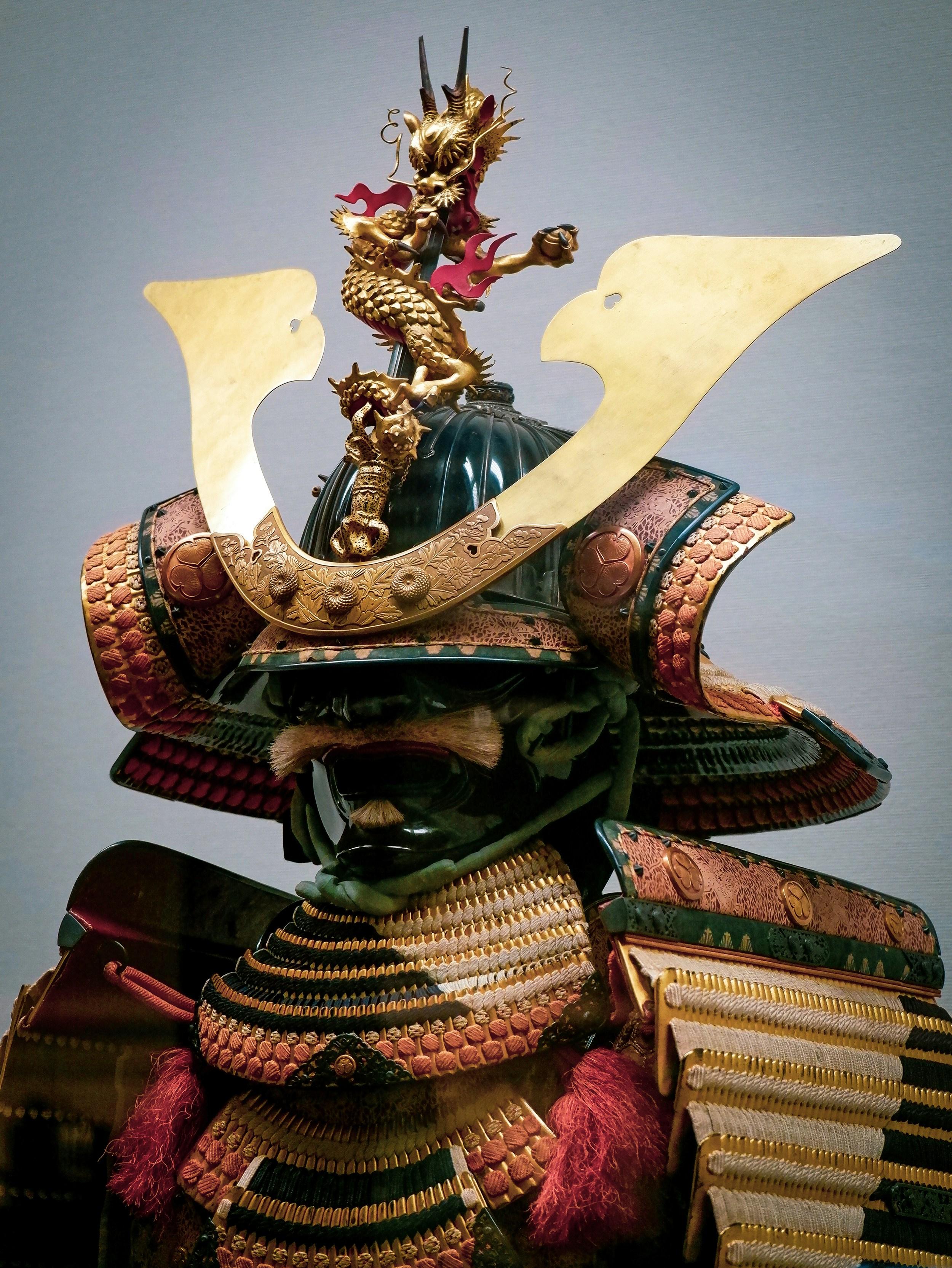The 2003 film “The Last Samurai,” directed by Edward Zwick and starring Tom Cruise, has long been a subject of both acclaim and critique. Set against the backdrop of Japan’s Meiji Restoration, the narrative follows Nathan Algren, an American military advisor who becomes immersed in the culture of the samurai and ultimately plays a pivotal role in their struggle against modernizing forces. While the film is praised for its cinematography and performances, it has also sparked debate over its portrayal of cultural dynamics and historical authenticity. Central to this discourse is the concept of the “white savior complex,” a narrative trope where a white character is depicted as a rescuer or liberator of non-white characters. This article seeks to explore whether “The Last Samurai” reinforces this complex, examining its themes, character arcs, and the broader implications of its storytelling. By analyzing the film through a critical lens, we aim to understand the nuances of its narrative choices and their impact on audiences and cultural perceptions.
Cultural Representation and Historical Context in The Last Samurai
The portrayal of cultural representation and historical context in The Last Samurai offers a complex narrative, interweaving the perspectives of both Japanese and Western characters. However, the film has been scrutinized for its focus on a Western protagonist, which may overshadow the authentic Japanese narrative. While the movie attempts to highlight the cultural and historical intricacies of the Samurai era, it predominantly does so through the lens of Nathan Algren, a disillusioned American soldier. This choice has sparked discussions around the white savior complex, as it places a Western figure at the center of a pivotal moment in Japanese history.
- Historical Inaccuracy: Critics argue that the film simplifies the Meiji Restoration period, potentially misrepresenting the nuanced transformation Japan underwent during this era.
- Japanese Perspective: The emphasis on Algren’s journey may inadvertently minimize the voices and agency of Japanese characters, reducing their role to supporting the Western protagonist’s personal growth.
Despite its visual and narrative appeal, the film’s cultural representation raises questions about the balance of power in storytelling, particularly when depicting non-Western histories through Western eyes. This dynamic often perpetuates the idea that non-Western cultures require external intervention to overcome their challenges, thus reinforcing a problematic narrative structure.

Examining Character Dynamics and Narrative Focus
In “The Last Samurai,” the interplay between characters is a critical lens through which to assess the film’s narrative trajectory and its potential alignment with the White Savior Complex. At the heart of the story is Captain Nathan Algren, portrayed by Tom Cruise, whose journey from a disillusioned soldier to a revered figure within the samurai community raises questions about the film’s focus. While Algren’s transformation is central, the narrative often sidelines the perspectives and agency of the Japanese characters, who are integral to the historical context and cultural backdrop. This imbalance is particularly evident in the portrayal of Katsumoto, played by Ken Watanabe, whose leadership and philosophy are pivotal yet often overshadowed by Algren’s personal evolution.
The film’s narrative focus is further complicated by the dynamics between Algren and the supporting Japanese characters, which may inadvertently perpetuate the trope of the Western hero as a catalyst for indigenous redemption. Consider how the story emphasizes Algren’s ability to assimilate and excel in samurai culture, sometimes at the expense of showcasing the depth and complexity of the Japanese characters themselves. Key points to consider include:
- The extent to which Algren’s character development overshadows the historical and cultural richness of the samurai tradition.
- Whether the film provides a balanced portrayal of the Japanese characters’ autonomy and narrative significance.
- The implications of Algren’s central role in a story set within a deeply nuanced cultural and historical context.
These elements invite a deeper examination of how character dynamics influence the film’s overarching narrative focus and its potential reinforcement of a controversial narrative archetype.

Analyzing the Impact on Audience Perception and Cultural Understanding
The portrayal of cross-cultural interactions in The Last Samurai raises questions about its impact on audience perception and cultural understanding. On one hand, the film offers a visually stunning exploration of Japan’s Meiji Restoration era, introducing audiences to the complexities of cultural transformation. However, the narrative arc predominantly follows the character of Nathan Algren, a disillusioned American soldier, whose journey to redemption inadvertently positions him as the central figure in the preservation of Japanese traditions. This storytelling choice can inadvertently skew audience perception, emphasizing the influence of an outsider in a narrative that is inherently Japanese.
- Emphasis on Western Perspective: The focus on Algren’s character may lead audiences to view the cultural nuances of Japan through a Western lens, potentially overshadowing the depth of indigenous narratives.
- Cultural Authenticity vs. Cinematic License: While the film endeavors to portray Japanese culture authentically, its reliance on a Western protagonist can dilute the cultural authenticity it seeks to convey.
By examining these elements, audiences can critically engage with the film’s portrayal, balancing appreciation for its cinematic achievements with a nuanced understanding of its cultural implications. This balanced approach enables a deeper comprehension of the narrative’s intent and its broader impact on cultural representation in media.

Recommendations for Future Storytelling in Historical Films
- Diversify Perspectives: Filmmakers should strive to include a wider array of voices in their narratives. This can be achieved by focusing on the authentic stories of individuals from the cultures and eras being depicted, rather than relying solely on an outsider’s viewpoint. By doing so, historical films can present a more nuanced and accurate portrayal of events, steering clear of the clichéd ‘white savior’ trope.
- Collaborate with Historians and Cultural Experts: Engaging with experts in the field can help ensure that the storytelling is both respectful and accurate. These collaborations can offer insights into the complexities of the historical period, allowing filmmakers to construct narratives that resonate with authenticity and depth.
- Emphasize Authentic Representation: Casting decisions play a crucial role in shaping the narrative. Prioritizing actors who are culturally and ethnically aligned with the characters they portray can enhance the film’s credibility and foster a deeper connection with the audience.
- Challenge Traditional Narratives: Historical films should not shy away from exploring lesser-known stories and perspectives. By challenging established narratives, filmmakers have the opportunity to introduce audiences to fresh and enlightening viewpoints that might otherwise remain unexplored.
